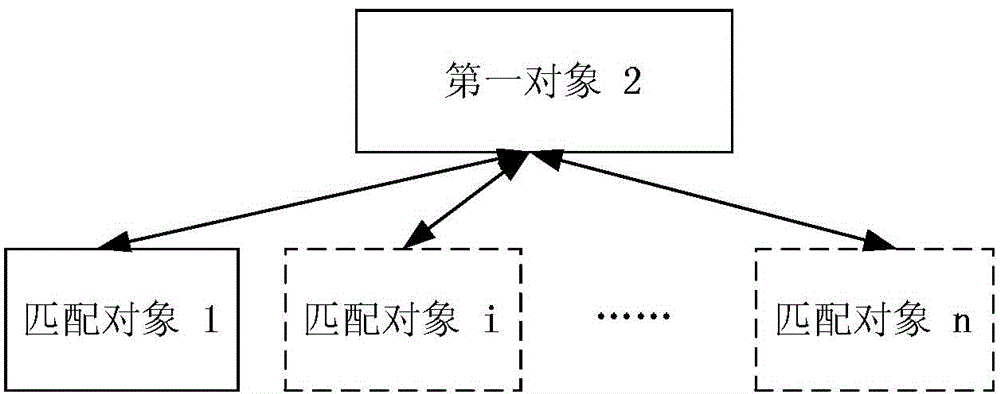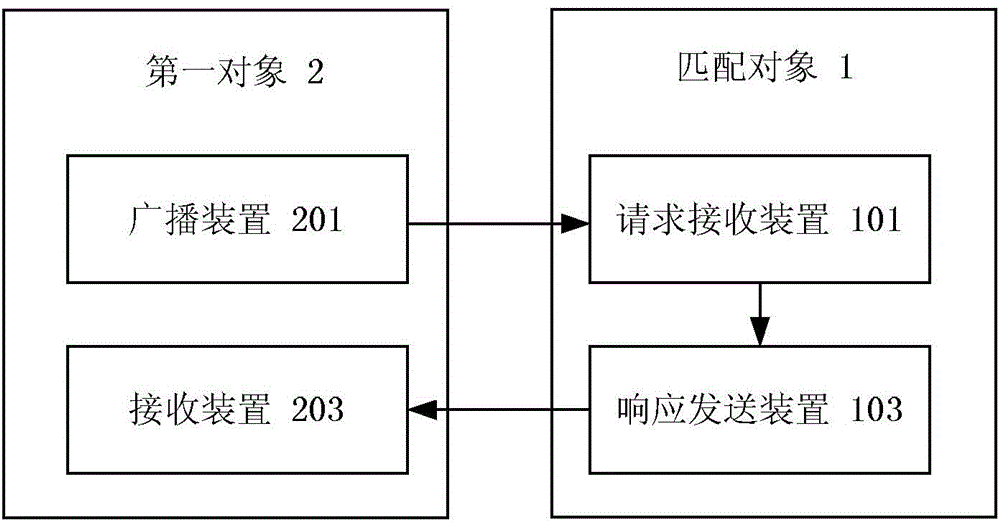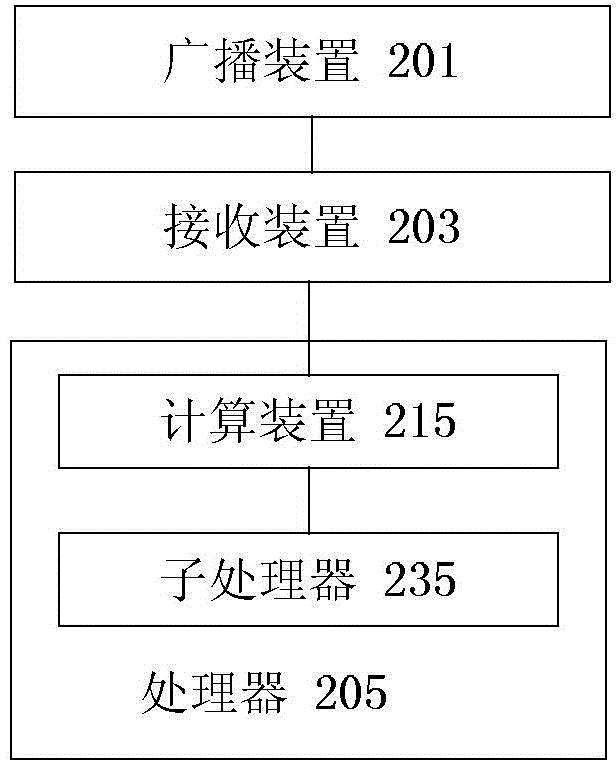Interactive method, interactive device and interactive system for objects
An interactive method and object technology, applied in the field of Internet communication, can solve the problems of low efficiency and high cost of identifying the other party, and achieve the effect of improving recognition efficiency and avoiding wasting time
- Summary
- Abstract
- Description
- Claims
- Application Information
AI Technical Summary
Problems solved by technology
Method used
Image
Examples
Embodiment 1
[0029] Before describing further details of the various embodiments of the present application, reference will be made to figure 1 to describe one suitable computing architecture that can be used to implement the principles of the present application. In the following description, unless indicated otherwise, various embodiments of the present application are described with reference to acts and symbolic representations of operations that are performed by one or more computers. It will thus be appreciated that such acts and operations, which are sometimes referred to as computer-implemented, include the manipulation of electrical signals representing data in a structured form by the processing unit of a computer. This manipulation transforms the data or maintains it at a location in the computer's memory system, which reconfigures or changes the operation of the computer in a manner well understood by those skilled in the art. A data structure that maintains data is a physical...
Embodiment 2
[0087] According to an embodiment of the present invention, a method embodiment for implementing the above-mentioned system embodiment is also provided. It should be noted that the steps shown in the flow charts of the drawings can be implemented in a computer system such as a set of computer-executable instructions and, although a logical order is shown in the flowcharts, in some cases the steps shown or described may be performed in an order different from that shown or described herein.
[0088] Figure 4 is a flow chart of an interaction method between objects according to Embodiment 2 of the present invention.
[0089] like Figure 4 As shown, the interaction method between the above objects can be applied to the first object, and the method can include the following steps:
[0090] Step S10, can pass figure 1 The first object 2 shown to obtain the location information of the matching object, wherein the matching object is an object that establishes a communication con...
Embodiment 3
[0152] Figure 7 is a schematic structural diagram of an interaction device between objects according to Embodiment 3 of the present invention.
[0153] According to an embodiment of the present invention, a device for implementing the second embodiment of the above-mentioned method is also provided, such as Figure 7 As shown, the device can be applied to the first object that is successfully paired. The implementation process of the present application will be described in detail below from the perspective of the first object running the above device.
[0154] The device may include: an acquiring module 10 , a determining module 30 , a judging module 50 and a playing module 70 .
[0155] Wherein, the obtaining module 10 is configured to obtain position information of a matching object corresponding to the first object, wherein the matching object is an object establishing a communication connection with the first object.
[0156] The determination module 30 is configured t...
PUM
 Login to View More
Login to View More Abstract
Description
Claims
Application Information
 Login to View More
Login to View More - R&D
- Intellectual Property
- Life Sciences
- Materials
- Tech Scout
- Unparalleled Data Quality
- Higher Quality Content
- 60% Fewer Hallucinations
Browse by: Latest US Patents, China's latest patents, Technical Efficacy Thesaurus, Application Domain, Technology Topic, Popular Technical Reports.
© 2025 PatSnap. All rights reserved.Legal|Privacy policy|Modern Slavery Act Transparency Statement|Sitemap|About US| Contact US: help@patsnap.com



